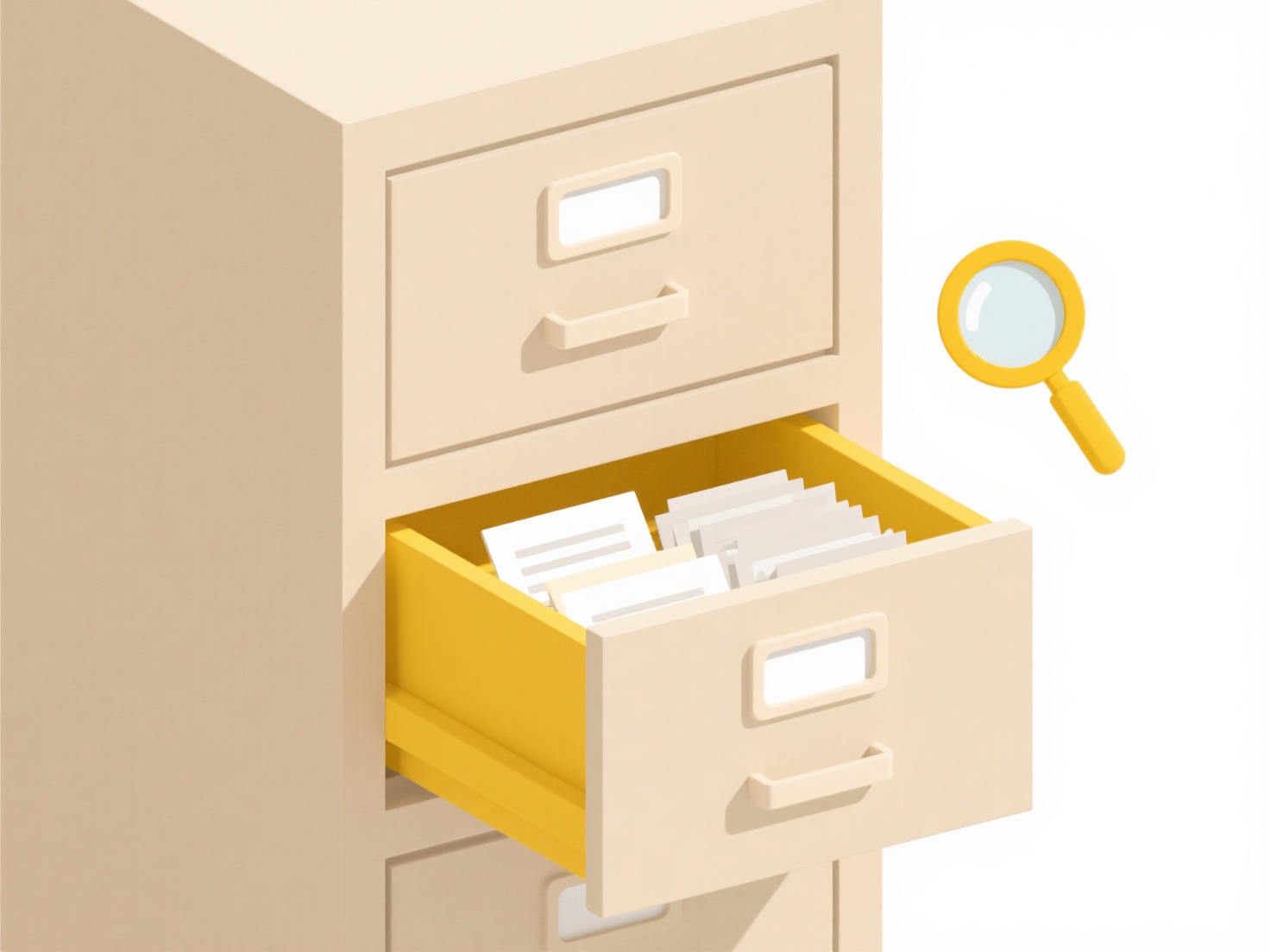
Changing the default save location allows you to specify where your computer or specific applications automatically store newly created files (like documents or downloads), instead of using a predefined folder such as 'Documents'. This setting acts as an overall preference, overriding the specific default location chosen by individual applications or the operating system itself. You manage it through system settings or app preferences.
For example, in Windows, you navigate to Settings > System > Storage > Change where new content is saved to redirect folders like Documents, Pictures, or Downloads to another drive or folder. Similarly, an application like Microsoft Word lets you change its default save folder within its Options menu under the Save tab. Cloud storage tools also use this concept; setting OneDrive as your default "Documents" location syncs everything automatically to the cloud.

The primary benefit is better file organization and ensuring critical data is saved to a preferred drive (like a larger secondary drive or cloud storage) without needing to manually choose each time. However, some applications ignore this system setting and only obey their own internal preferences. As cloud storage integration deepens, default save locations increasingly prioritize synced folders, simplifying access across devices but requiring consideration of internet dependence and storage limits.
How do I change the default save location?
Changing the default save location allows you to specify where your computer or specific applications automatically store newly created files (like documents or downloads), instead of using a predefined folder such as 'Documents'. This setting acts as an overall preference, overriding the specific default location chosen by individual applications or the operating system itself. You manage it through system settings or app preferences.
For example, in Windows, you navigate to Settings > System > Storage > Change where new content is saved to redirect folders like Documents, Pictures, or Downloads to another drive or folder. Similarly, an application like Microsoft Word lets you change its default save folder within its Options menu under the Save tab. Cloud storage tools also use this concept; setting OneDrive as your default "Documents" location syncs everything automatically to the cloud.

The primary benefit is better file organization and ensuring critical data is saved to a preferred drive (like a larger secondary drive or cloud storage) without needing to manually choose each time. However, some applications ignore this system setting and only obey their own internal preferences. As cloud storage integration deepens, default save locations increasingly prioritize synced folders, simplifying access across devices but requiring consideration of internet dependence and storage limits.
Quick Article Links
What’s a good way to archive old files?
Archiving old files involves preserving infrequently accessed documents while freeing up primary storage space. It diffe...
Is it better to use software or manual sorting for photo organization?
Is it better to use software or manual sorting for photo organization? Organizing photos manually involves individuall...
How do I filter search results by folder type or location?
Filtering search results by folder type or location refers to narrowing down your search specifically to files or items ...